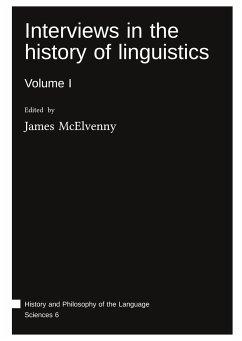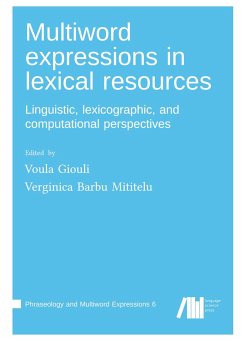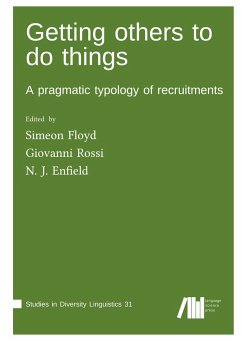Komnzo is a Papuan language of Southern New Guinea spoken by around 250 people in the village of Rouku. Komnzo belongs to the Tonda subgroup of the Yam language family, which is also known as the Morehead Upper-Maro group. This grammar provides the first comprehensive description of a Yam language. It is based on 16 months of fieldwork. The primary source of data is a text corpus of around 12 hours recorded and transcribed between 2010 and 2015. Komnzo provides many fields of future research, but the most interesting aspect of its structure lies in the verb morphology, to which the two largest chapters of the grammar are dedicated. Komnzo verbs may index up to two arguments showing agreement in person, number and gender. Verbs encode 18 TAM categories, valency, directionality and deictic status. Morphological complexity lies not only in the amount of categories that verbs may express, but also in the way these are encoded. Komnzo verbs exhibit what may be called ¿distributed exponence¿, i.e. single morphemes are underspecified for a particular grammatical category. Therefore, morphological material from different sites has to be integrated first, and only after this integration can one arrive at a particular grammatical category. The descriptive approach in this grammar is theory-informed rather than theory-driven. Comparison to other Yam languages and diachronic developments are taken into account whenever it seems helpful.








